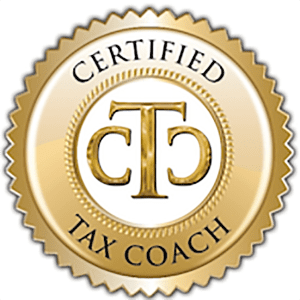
When companies reach the point where they’re ready to sponsor a qualified retirement plan, the first one that may come to mind is the 401(k). But there are other, lesser-used options that could suit the distinctive needs of some business owners. Case in point: the 412(e)(3) plan.
Nuts and bolts
Unlike 401(k)s, which are defined contribution plans, 412(e)(3) plans are defined benefit plans. This means they provide fixed benefits under a formula based on factors such as each participant’s compensation, age and years of service.
For 2024, the annual benefit provided by 412(e)(3)s can’t exceed the lesser of 100% of a participant’s highest three-year average compensation or $275,000. As with other defined benefit plans, 412(e)(3)s are funded only by employers. They don’t accept participant contributions.
But unlike other defined benefit plans, which are funded through a variety of investments, 412(e)(3)s are funded with annuity contracts and insurance. In fact, the IRS refers to them as “fully insured” plans. The name “412(e)(3)” refers to Section 412(e)(3) of the Internal Revenue Code, which authorizes the plan type’s qualified status.
Under Sec. 412(e)(3), defined benefit plans funded with annuity contracts and insurance aren’t subject to minimum funding requirements — so long as certain conditions are met. Companies sponsoring these plans don’t have to make annual actuarial calculations or mandatory contributions. However, they risk penalties if a plan’s insurer doesn’t satisfy certain obligations. In other words, the plan needs to be safely insured.
Potential benefits
Some experts advise relatively older business owners who want to maximize retirement savings in a short period to consider 412(e)(3)s because of the way defined benefit plans differ from defined contribution plans. That is, business owners who sponsor and participate in defined benefit plans can take a bigger share of the pie — particularly if they have few, if any, highly compensated employees. Meanwhile, they can also enjoy substantial tax deductions for plan contributions.
In addition, 412(e)(3)s may be more attractive than other defined benefit plans for some small business owners. Although they tend to sacrifice potentially higher investment returns, these plans offer greater flexibility by using potentially lower-risk and easy-to-administer annuity contracts and insurance. They might also appeal to closely held business owners who want to maximize tax-deductible contributions to a retirement plan in the early years of ownership.
As is the case with all defined benefit plans, however, sponsors must have the financial stability to support their plans indefinitely. So, 412(e)(3)s usually aren’t appropriate for start-ups.
Administrative requirements
Tax-favored treatment for 412(e)(3)s isn’t automatic. These plans must meet various requirements as spelled out in the tax code.
For example, as mentioned, 412(e)(3)s must be funded exclusively by the purchase of annuity contracts or a combination of annuity contracts and insurance. Sponsors must buy the contracts and/or insurance from insurers licensed by at least one of the 50 states or the District of Columbia.
Also, the contracts must provide for level annual (or more frequent) premium payments starting on the date each participant joins the plan. Premium payments need to end no later than the normal retirement age of a participant — or by the date the individual ceases participation in the plan, if earlier.
These are just a couple examples of the rules involved. It’s critical to fully understand all the requirements before sponsoring a plan.
An intriguing possibility
A 412(e)(3) plan may be an under-the-radar choice for some businesses under the right circumstances. For help choosing the best plan for your company, contact us.
© 2024

